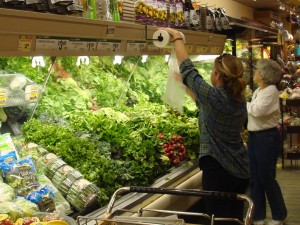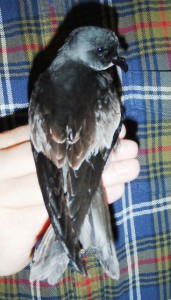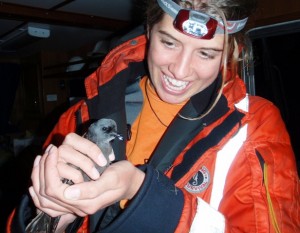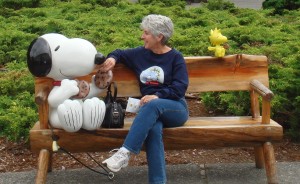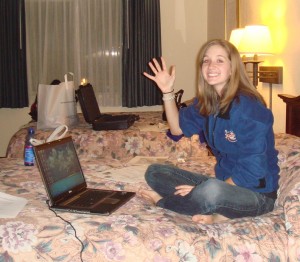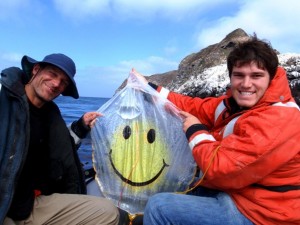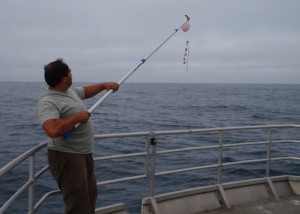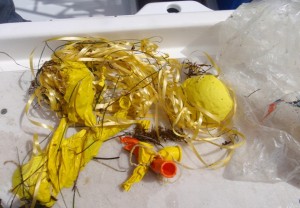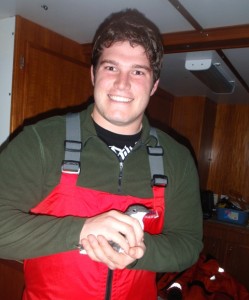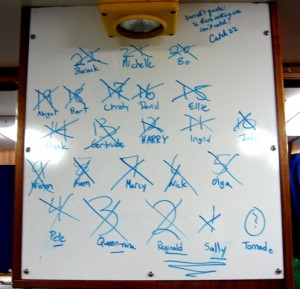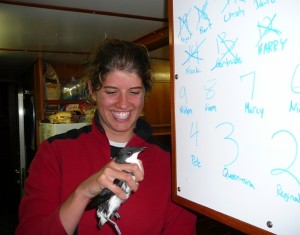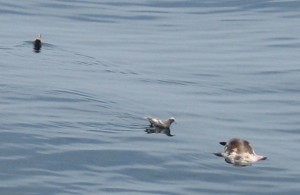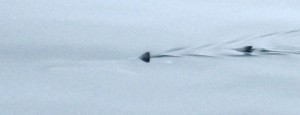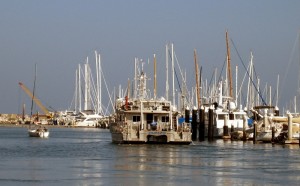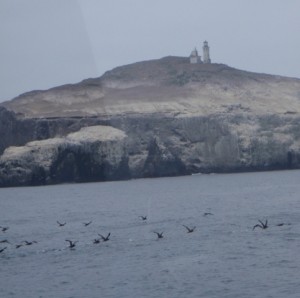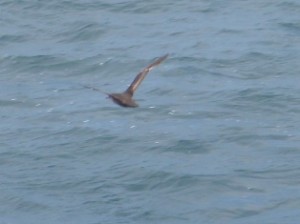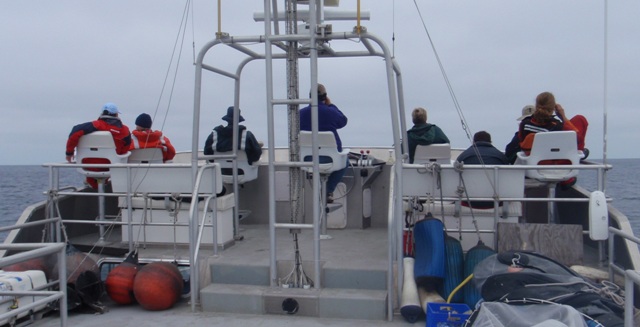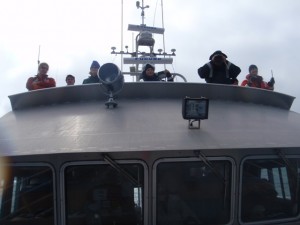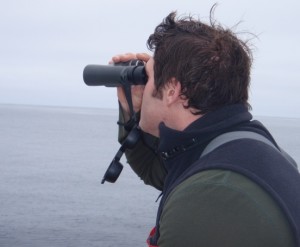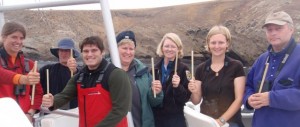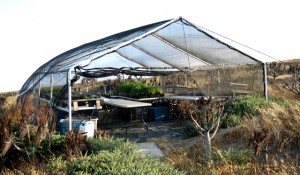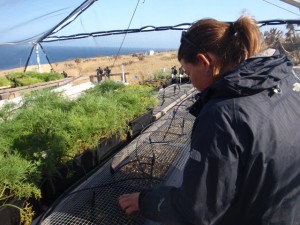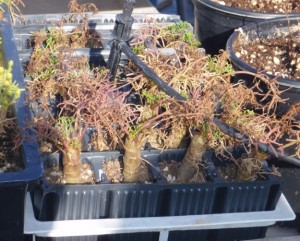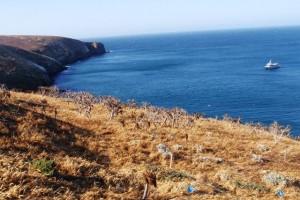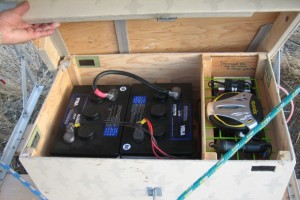So, in order to prepare for leaving tomorrow, Jordan, my mom, and I had to do The Shop. “What is The Shop?” you might ask. It is buying groceries for eight people for two weeks–and it is NOT simple. After receiving a five-page grocery list from the people on the island (some of the items very specific, for example Sherry Vinegar, NOT cooking Sherry), and a blank check from PRBO Conservation Science, we headed to the Safeway in Marin to do the shopping.Â
After two and a half hours of grocery shopping (and a LOT of weird looks from people, to which my mom would always say, “yeah, these girls are HUNGRY.” har har) we had three carts. The carts were brimming with everything from mascarpone cheese to twelve limes to ten pounds of oranges and (believe it or not) 32 bell peppers (eight red, twelve red, and twelve orange/yellow), totaling almost a thousand dollars worth of groceries.
After shopping, we went back to PRBO headquarters to pack all of the groceries into plastic tubs called Action Packers, which we will load on the boat tomorrow.  Then, the three of us intrepid shoppers, exhausted from shopping, went and had dinner at a restaurant along the Petaluma River. All in all, a very unusual day. Â

